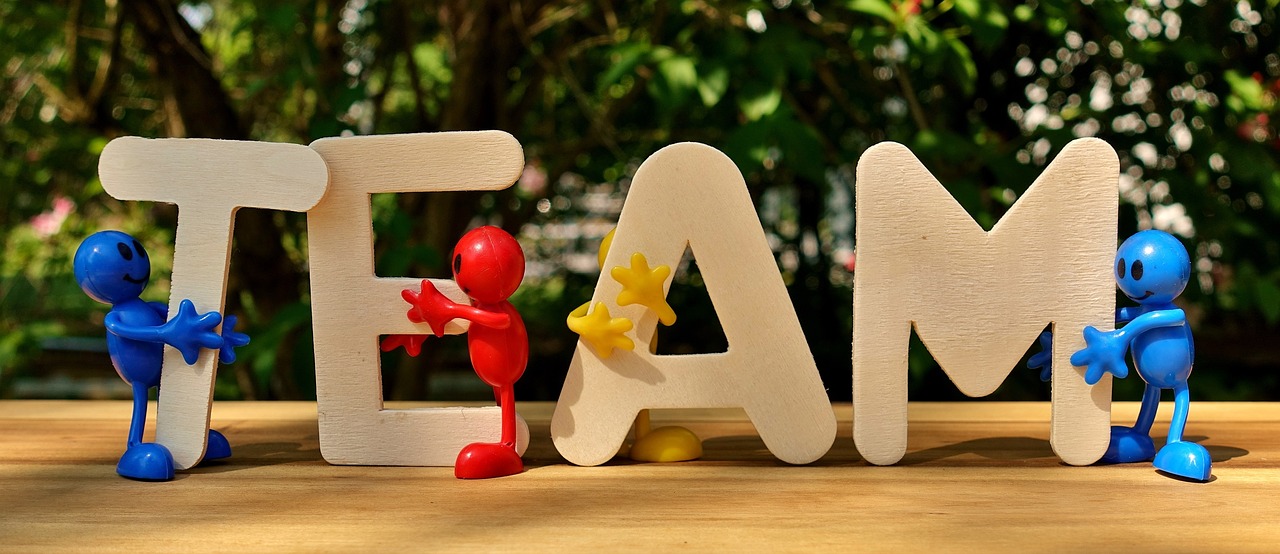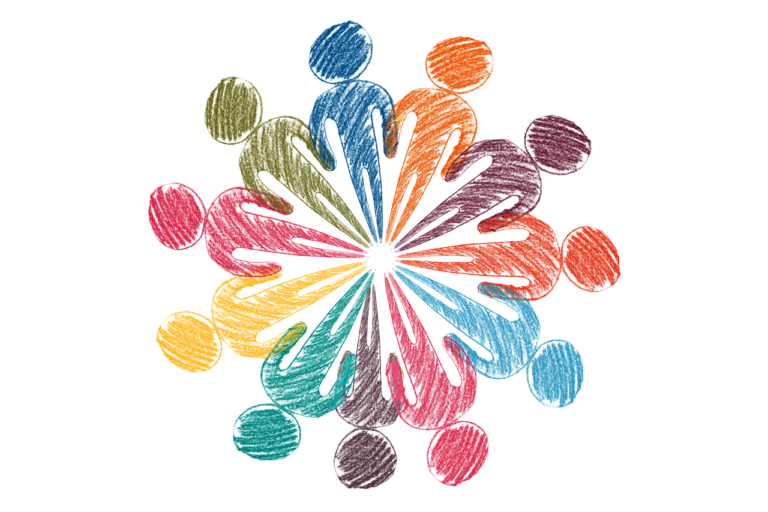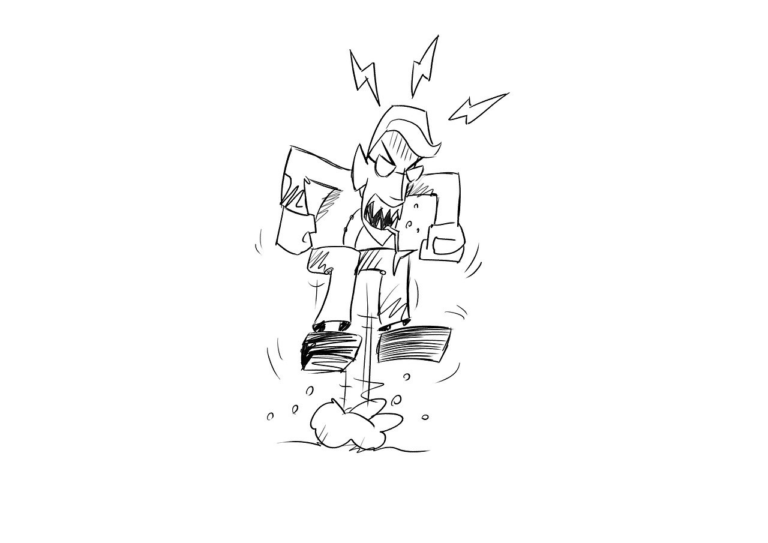Enhancing Team Collaboration: Assess, Learn, and Engage
To enhance team collaboration, organizations must navigate the intricacies of trust, chemistry, and competitiveness. Like skilled conductors, managers must assess the current state of collaboration, learning from successes and failures.
By understanding cultural norms and evaluating the importance of collaboration, teams can engage in offsite activities to foster connection and chemistry. Consistent check-ins and open communication channels can reinforce the importance of teamwork and collaboration.
This article explores the strategies and best practices for assessing, learning, and engaging to enhance team collaboration.
Assessing the Current State of Team Collaboration
The manager assesses the current state of team collaboration by identifying trust, chemistry, competitiveness, or other issues affecting the association and surveying team members for direct feedback. They observe the team in action to understand the root cause of problems and take an objective view to assess team dysfunction.
By identifying barriers to collaboration, the manager can implement improvements to enhance team dynamics. They seek to learn from successful team dynamics within the company by looking for insights and behaviors that encourage collaboration from other managers. Sharing best practices and lessons learned is also crucial in this process.
Additionally, understanding cultural norms for successful teams helps the manager assess if team members align with the team’s cultural aspects and address any discrepancies that affect the team dynamic.
Learning From Successful Team Dynamics
Managers can gain valuable insights by talking to other managers about successful team dynamics and the behaviors that encourage collaboration. By seeking external insights, managers can identify critical behaviors contributing to effective teamwork.
These insights can help them understand what works well regarding collaboration and how to foster those behaviors within their teams. By learning from the experiences of other managers, they can gain a broader perspective and learn from best practices.
This external input can provide valuable guidance on creating an environment that promotes collaboration and encourages team members to work together towards a common goal. By incorporating these fundamental behaviors, managers can enhance team collaboration and create a more productive and cohesive work environment.
Understanding Cultural Norms for Successful Teams
Employees can better understand cultural norms for successful teams by identifying ground rules within their company and assessing their alignment with those aspects.
Addressing cultural discrepancies is crucial for promoting cultural connections and creating an inclusive and collaborative work environment.
Employees can work towards building a cohesive and harmonious team by recognizing and addressing any discrepancies that affect the team dynamic.
This can be achieved by encouraging employees to participate in team-building activities and emphasizing the importance of developing cultural connections.
By doing so, employees can foster a sense of belonging and create a shared understanding of cultural norms within the team.
Promoting cultural connections not only enhances team collaboration but also leads to increased productivity and overall team success.
Evaluating the Importance of Team Collaboration
Understanding the necessity of collaborative teams is crucial in determining the most effective approach to achieving goals. To determine collaboration effectiveness and assess collaboration necessity, there are several key factors to consider:
- Clear objectives: Evaluate if a collaborative team is necessary for a particular initiative. Determine if loose collaboration can still achieve goals effectively. Avoid forcing cooperation when it’s not required and focus on individual contributions if teamwork is not essential.
Benefits and drawbacks: Assess the benefits and disadvantages of team-focused approaches. Consider the advantages of diverse perspectives, collective problem-solving, and the potential challenges of coordination and communication.
Goal alignment: Ensure that team members are aligned with the goals and vision of the team. Assess if there is a shared understanding of the purpose and desired outcomes. Address any discrepancies that may affect the group dynamic and overall effectiveness.
Engaging in Offsite Team Building Activities
Participating in offsite activities fosters connection and chemistry among team members. These activities allow colleagues to reveal personal details outside of work, creating a more relaxed and open environment.
During these offsite activities, team members can discover new strategies and build lasting connections. Through experiential learning exercises, team dynamics can be examined, and any issues can be discussed and addressed.
The goal is to use these activities to strengthen team collaboration and improve overall performance. By engaging in offsite team-building activities, teams can step away from the usual work environment and connect on a more personal level, fostering a stronger sense of unity and camaraderie.







